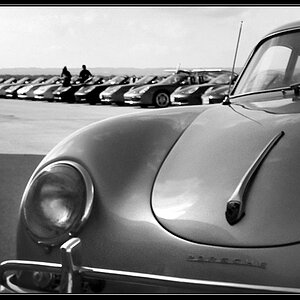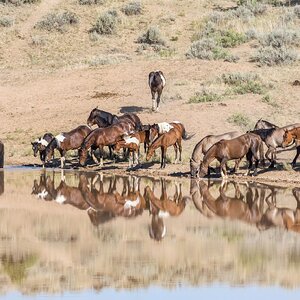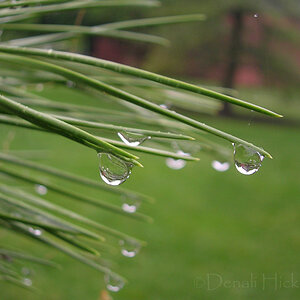Hey guys,
I'm very new to drone photography. I got interested in this as I was trying to use my DJI Matrice 100 to film my sister's wedding. It was astonish to me that the drone can only fly for ~25-30 mins before it has to come down and swap the battery.
As an engineer, one thought that came to my mind is to develop an autonomous battery swap station; which I can set the station on one side, set the drone into autopilot mode which it can land and swap battery when the battery runs out? This way, would it be like having a second wedding photographer?
What do you guys think? Is this idea something worth pursuing?
I'm very new to drone photography. I got interested in this as I was trying to use my DJI Matrice 100 to film my sister's wedding. It was astonish to me that the drone can only fly for ~25-30 mins before it has to come down and swap the battery.
As an engineer, one thought that came to my mind is to develop an autonomous battery swap station; which I can set the station on one side, set the drone into autopilot mode which it can land and swap battery when the battery runs out? This way, would it be like having a second wedding photographer?
What do you guys think? Is this idea something worth pursuing?









![[No title]](/data/xfmg/thumbnail/31/31706-3e429b21053f11072ed2e5b37c019073.jpg?1619734964)
![[No title]](/data/xfmg/thumbnail/30/30992-773558233723ab0d28c307a97a1a2427.jpg?1619734556)

![[No title]](/data/xfmg/thumbnail/41/41785-954f8d646534214ba1f63ad878e73dd8.jpg?1619739891)
